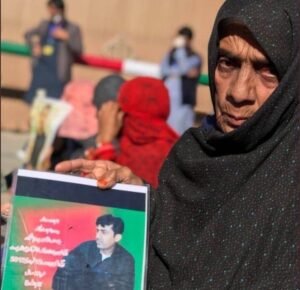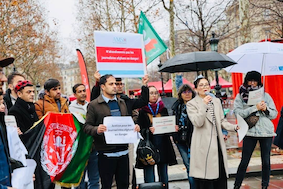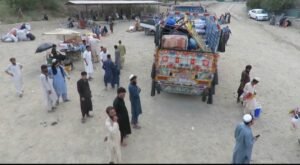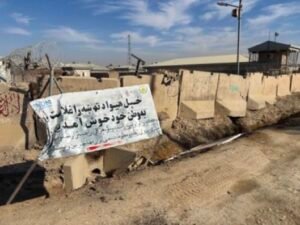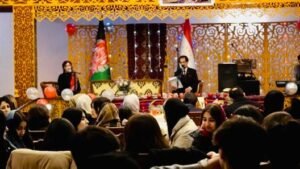Nowhere to Belong: The Aftermath of Deportation for Afghan Returnees
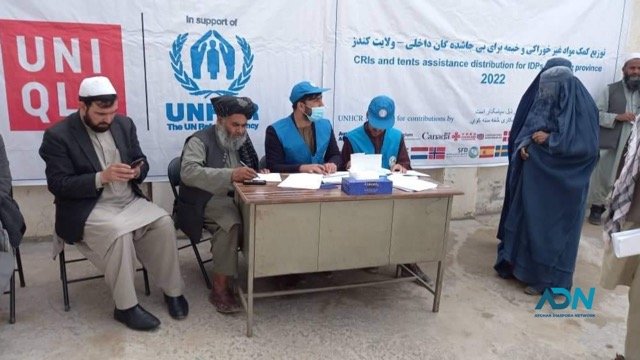
By SS Ahmad
As the international gaze shifts elsewhere, tens of thousands of Afghans find themselves pushed back into a country they once fled—only to confront renewed threats, systemic exclusion, and deepening insecurity.
A new report by the United Nations Assistance Mission in Afghanistan (UNAMA), released on 24 July 2025, sheds light on the precarious situation of these involuntary returnees, particularly in the weeks and months after their forced return from neighboring countries.
Though the de facto authorities in Kabul responded with organizational efficiency to the mass returns—setting up commissions, coordinating ministries, and offering short-term aid—UNAMA’s findings paint a far darker reality for many individuals, especially those with past ties to the former government, civil society, media, or professions deemed ‘un-Islamic’ by the current regime. The return has not offered safety, but instead reimposed a life in hiding, economic hardship, and in some cases, violence.
Return Without Protection
According to the report, large numbers of Afghans have been deported from Pakistan and Iran since late 2023, often without due process or individual risk assessments. These returns occurred under duress, in some cases following arrest, detention, or harassment. The legal term “non-refoulement”—a core principle of international law that prohibits returning individuals to places where they may face torture, persecution, or inhumane treatment—appears routinely ignored.
Once back in Afghanistan, many returnees face persecution reminiscent of what initially forced them to flee. One former judge, for example, described constant fear for his life due to past rulings against individuals now in positions of power.
“I have changed homes three times and don’t sleep in the same place at night. If they find me, they will kill me,” he told UNAMA.
A female journalist who was forced to return expressed similar anxieties.
“I am effectively under house arrest. There are no job opportunities, no freedom of movement, and no access to education—neither to learn nor to teach,” she said.
Like her, many women returnees find themselves wholly dependent on male relatives due to Taliban restrictions, unable to live, work, or even travel independently.
Institutional Response vs. Individual Reality
To their credit, the de facto authorities did roll out a rapid administrative response to the influx of returnees, including setting up a High Commission for Returnees and coordinating subcommittees for health, shelter, transport, and employment. Returnees were registered and, in some cases, provided with medical care and temporary cash grants.
But as the UNAMA report makes clear, systemic efforts have failed to consider the acute risks certain individuals face. There are no mechanisms for protection or reintegration for those deemed enemies of the state, such as former members of the Afghan National Security Forces (ANSF), government officials, or human rights activists.
Several returnees were subjected to arrest, torture, or threats within weeks of their return. One former government employee described being detained and severely beaten in a private home by a Taliban official with whom he had a past conflict. A former soldier was shot in the leg and now lives in hiding, while his wife—previously employed in the women’s affairs department—faces harassment and suspicion from both the authorities and local community.
Particularly distressing are the testimonies from non-binary individuals, who face rejection by their families and systemic abuse from the authorities. One such person recounted being detained for three nights, beaten, and coerced into signing a pledge to behave “like a man.” They were released only after their mother guaranteed their conduct.
From Deportation to Internal Exile
The UNAMA report underscores how post-return insecurity often forces individuals into a kind of internal exile. In fear of retaliation, many avoid public spaces, employment, and even seeking healthcare. Their social isolation compounds economic desperation, and mental health challenges are widespread.
Although the de facto authorities have publicly maintained their commitment to a general amnesty, UNAMA documented cases that directly contradict these claims. Former officials and security personnel have been arrested, tortured, or even killed. In one documented case, a police officer who returned from Iran was later found dead outside his home—just days after being summoned by Taliban intelligence.
Women, too, are disproportionately affected. In addition to the legal and social restrictions imposed on them, the dependency on male guardians and the lack of mobility limits their ability to rebuild their lives.
A Silent Emergency
The UNAMA report concludes with a clear warning: without international intervention and accountability, Afghan returnees will remain trapped in a cycle of fear, marginalization, and vulnerability. The lack of safe reintegration pathways, combined with the repression of civic freedoms and a deteriorating humanitarian situation, makes the reality of life after deportation grim.
As international attention wanes and borders close, the lives of these returnees—each one marked by hope, resilience, and now renewed suffering—fade into silence. Their stories are not just case studies in migration policy but urgent reminders of the human cost of forced return.
SS Ahmad is a freelance researcher and journalist based in Kabul, Afghanistan.
Note: The contents of the article are of sole responsibility of the author. Afghan Diaspora Network will not be responsible for any inaccurate or incorrect statement in the articles.

